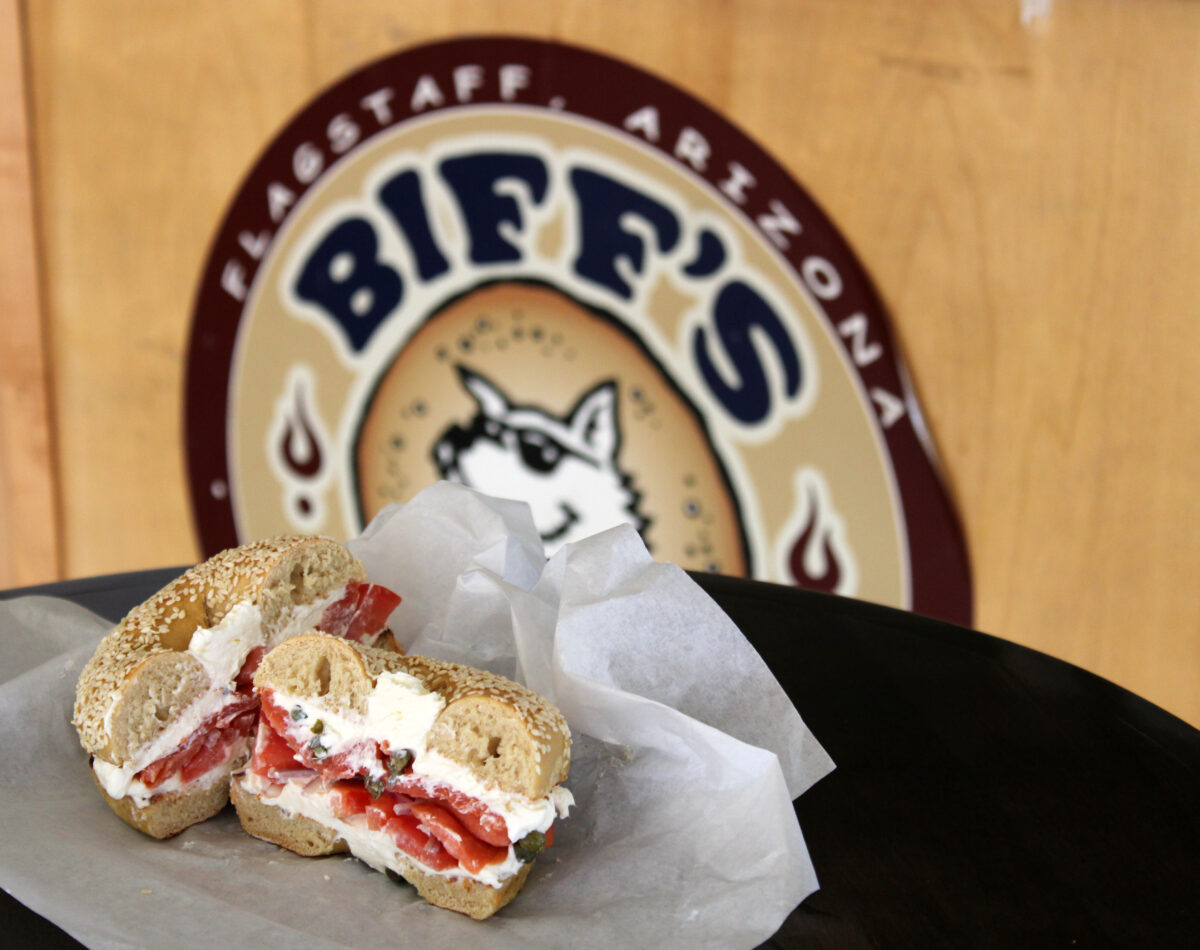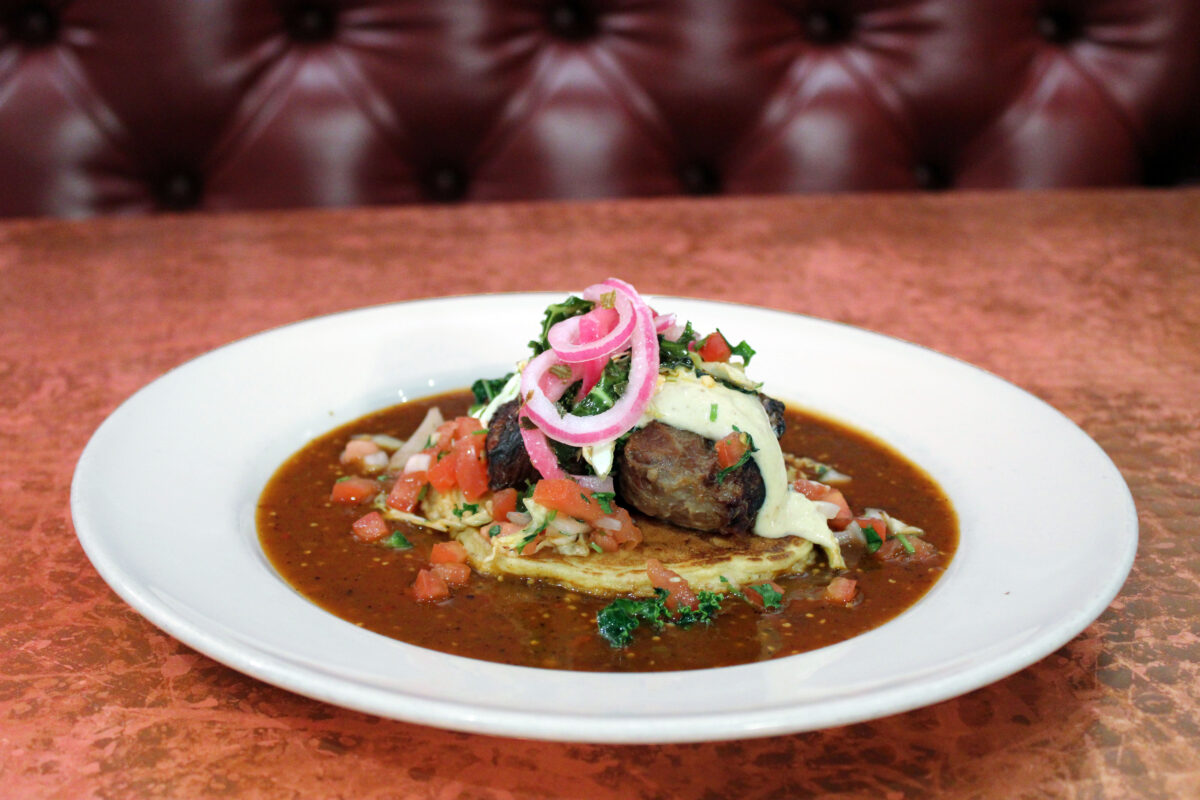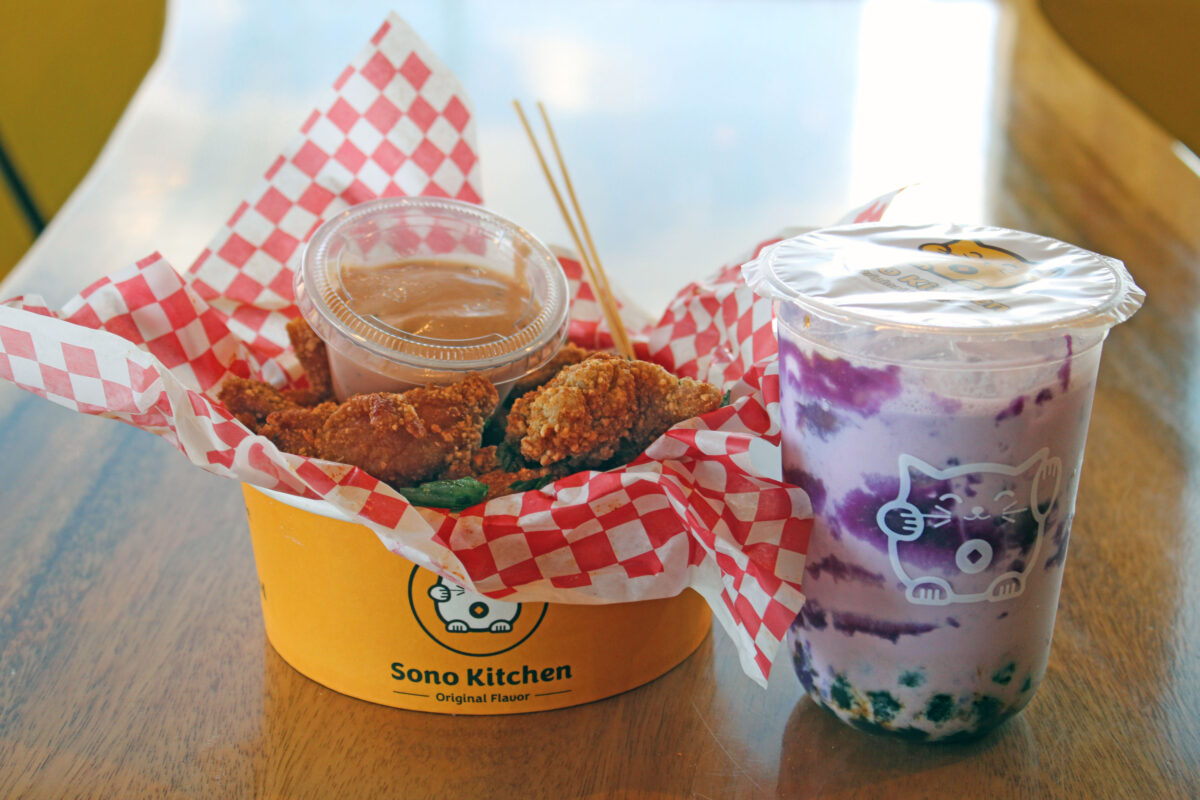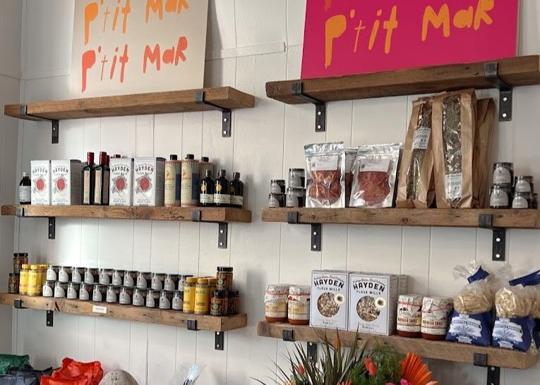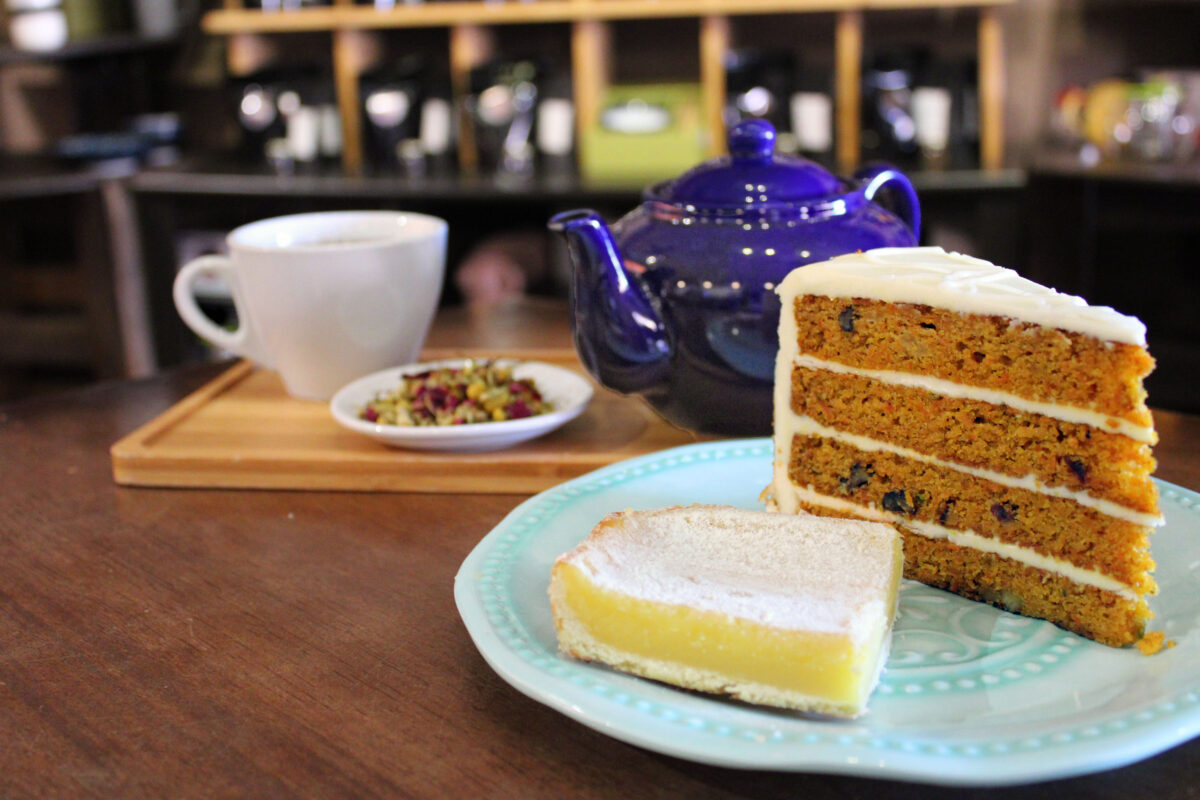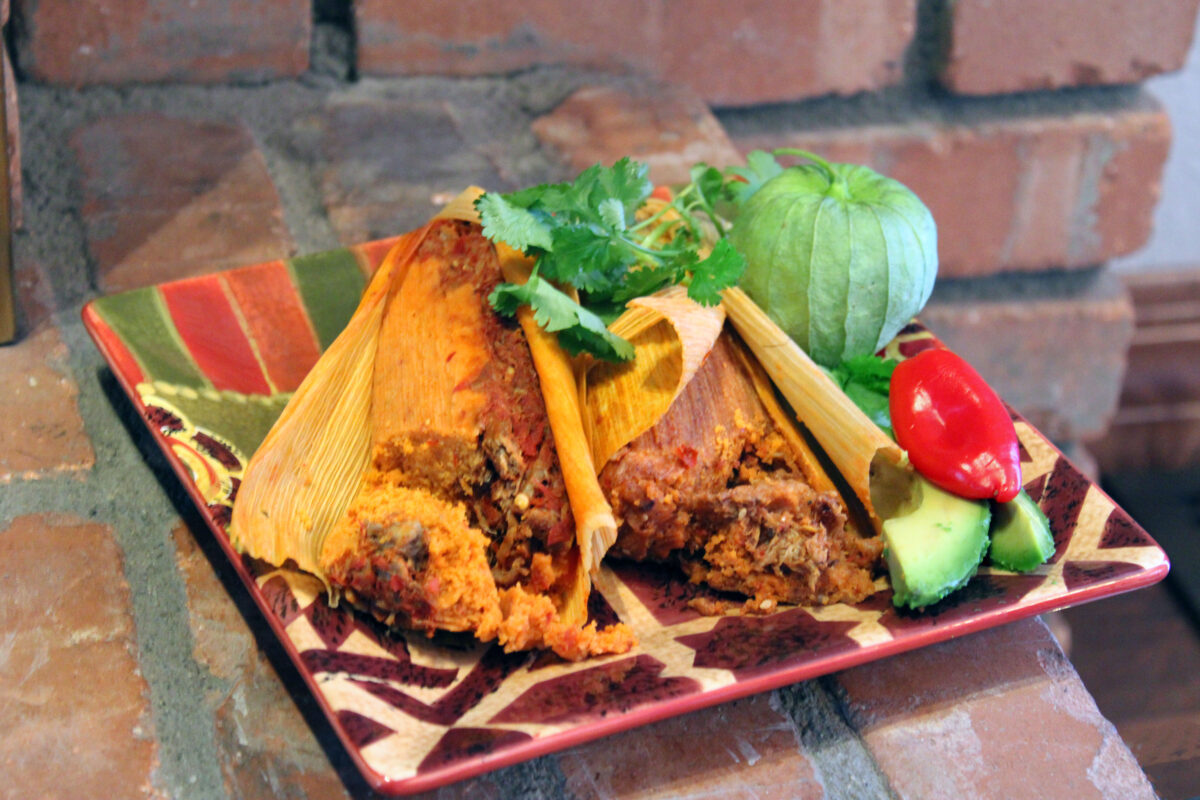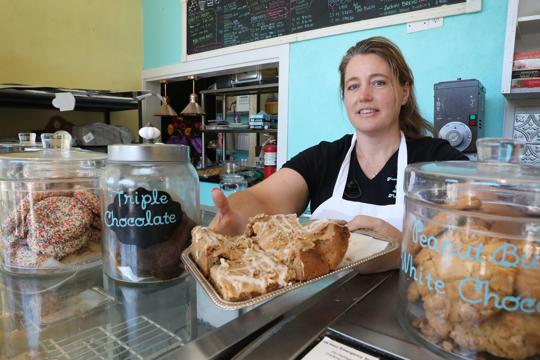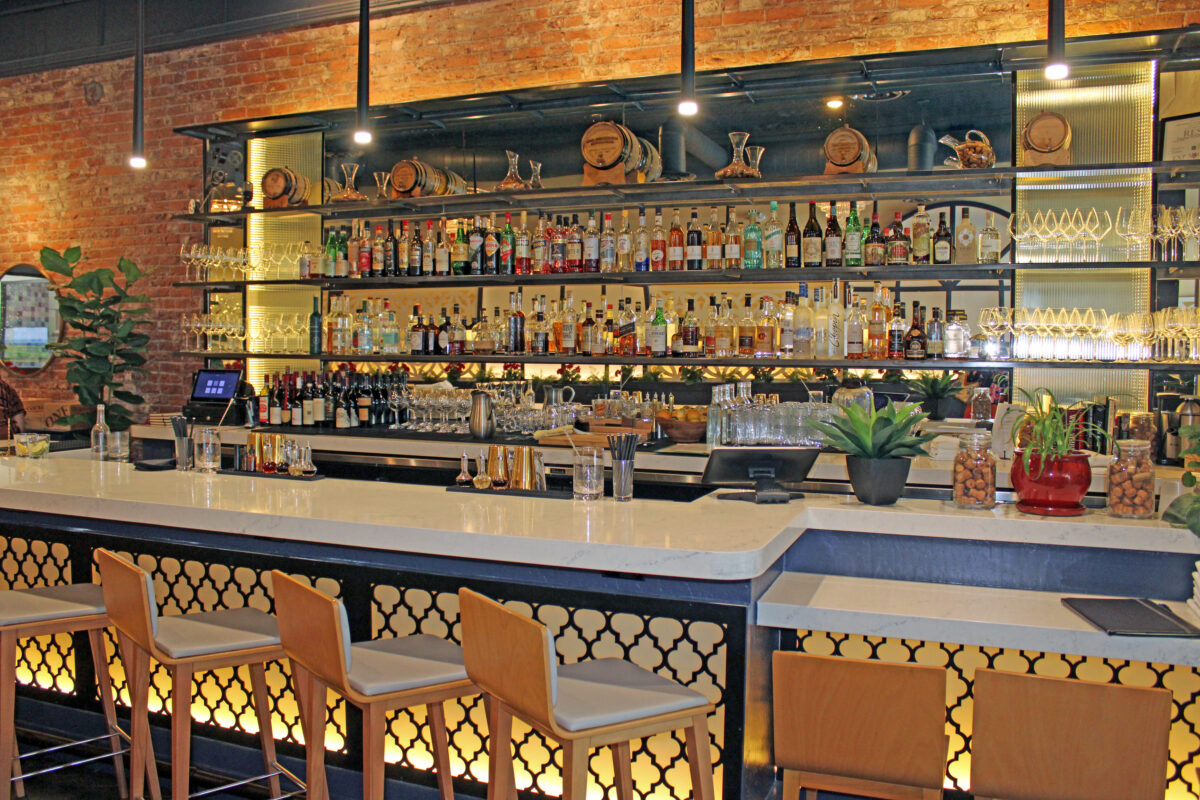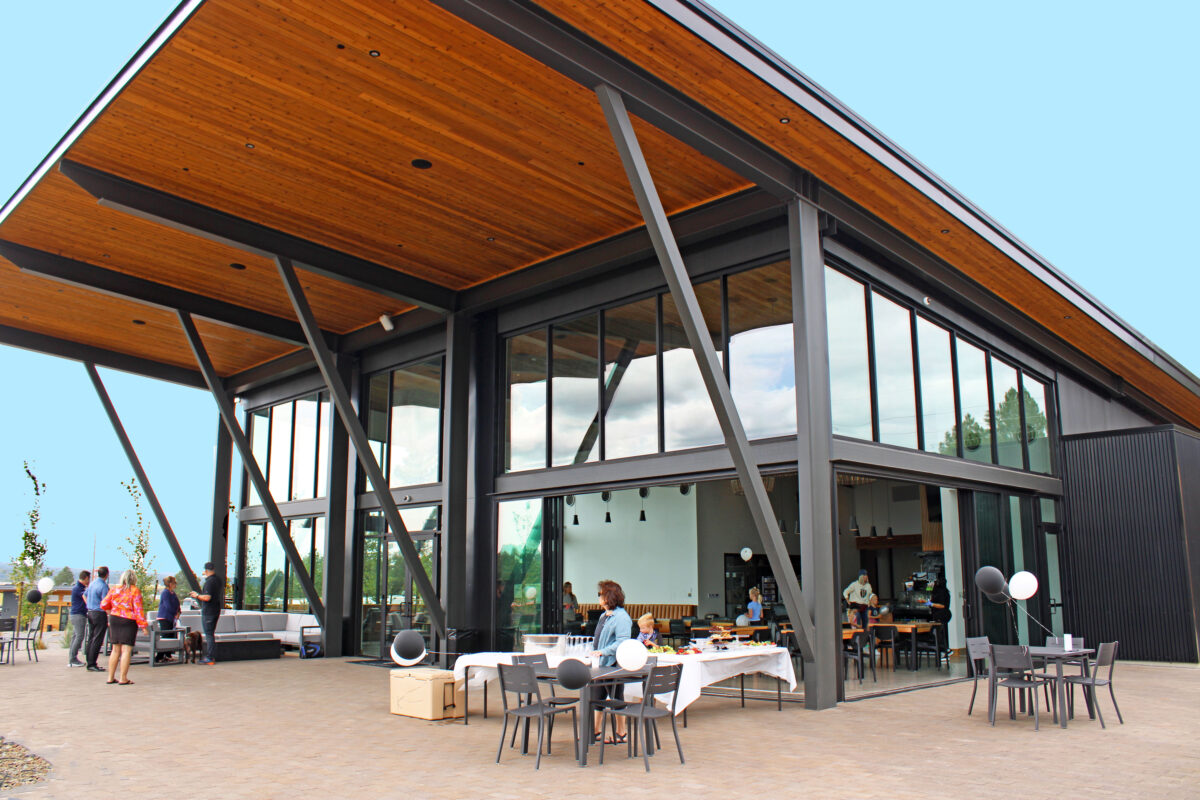AZ Daily Sun, Mountain Living Section, June 2024
Written by Gail G. Collins
In winter, all eyes are on the snow report. It wasn’t always like that. When a record winter delivered abundant snow in January 1915, Norwegian brothers Ole and Pete Solberg introduced the wild notion of skiing. They had grown up on skis before immigrating to Flagstaff, so the brothers carried their homemade equipment up Observatory Hill and skied down. The next day, the entire town turned out to watch the men. It caught on quickly.
Cross country skiing evolved as the norm for years for utilitarian reasons, but in 1933, Arizona Teachers College, now Northern Arizona University, advertised snowmen and skiing to appeal to students by holding the first winter carnival. A couple of years later, someone finally looked up at the San Francisco Peaks and linked skiing and the mountain. In 1938, Arizona Snowbowl invited the public to embrace recreational skiing.
Naturally, food followed, and early on, Agassiz Lodge fed hungry skiers, according to Snowbowl’s marketing director Angelina Grubb. Over time, the mountain lured nature lovers for hiking and cooler climes, but in the last several years, Snowbowl evolved as a playground destination with multiple distractions. Foremost is the enclosed seating of the gondola, which premiered in 2021.
“For longest time, we had only the three-seater chair lift, but the Scenic Gondola offers a good experience despite the weather circumstances,” Grubb said. Other entertainment includes the longstanding tubing hill, bungee trampoline jump and rock climbing, which can be bought as a package of activities, plus gem and fossil painting. There are also free activities, such as a tumble wheel, and 18-hole disc golf course. “It is elevated play.”
Forest Service approvals are necessary for any expansion use, and rangers educate guests, pointing out geology, landmarks and areas from the peak view. A short overlook trail kicks off from there.
Read more: Matters of Taste: Agassiz Lodge proves Snowbowl sports more than just skiing“We are a winter through summer destination. Stop by Snowbowl on your way to the Grand Canyon, ride the gondola and play,” Grubb suggested.
The Sunset Meal package creates dynamic pricing. For $29, guests can ride the gondola as the sky turns fiery, and for $39, they can enjoy fine dining beforehand. Book a day ahead. The choices include a steak or pork chop dinner or vegan pasta.
Kitchen manager Javier Garcia creates such meals to encourage lingering. In general, he has developed more variety in menu items to move beyond burgers and chicken tenders to include wraps, rice bowls, fresh salads and soups. He said, “I stepped back—thinking of myself as a customer—and offered variety and quality to provide a great experience. Every plate is good from meats to produce with attention to detail.”
Garcia engages local connections as it’s possible and practices sustainability despite a quick pick-up style. “We use biodegradable service items that won’t affect the wellbeing of our mountain,” he said. “It’s sacred land, and we should love it and take care of it.”
The charcuterie board carries the bounty of fresh strawberries and blueberries, dried fruit and nuts, cured meat, three cheeses, marinated artichoke hearts, jam and fresh honeycomb, tempting guests to dawdle with a glass of something wonderful from 9,500’ Bar.
Michael Tolleson, hospitality operations manager, curates a wide range of local and national brands of brews, wines and spirits. Four Peaks, San Tan Brewing and Tower Station, of course, feature. Top selling cocktails include Hotachada, Sunset Mai Tai and the Draft Margarita, fashioned with 3 Amigos tequila in a choice of flavors.
The signature Sunset Meals are generously portioned. The steak showcases a 16-ounce New York strip with a side of garlic butter, mashed potatoes with brown gravy and grilled asparagus. It is enough to share. Two pork chops topped with house made bacon jam stacked on a smash of red potatoes with roasted brussel sprouts also make up a meaty plate. The vegan linguine is melded in a carefully crafted deep tomato vodka sauce, mixed with zucchini quarters and olives. Add parmesan, salmon or chicken to up the ante.
Events are fully handled in-house from bartending to catering and are expanding again since the pandemic. Tolleson and Grubb collaborate with businesses for promotion and charity padding the weekends with live music and DJs. Brews and Views is upcoming, while regular activities, like yoga or Paint and Pint by Creative Spirits offers a drink and gondola ride. For the kids, there are Power Days for Season Pass holders, which include free activities in summer. Coming soon are a seasonal cocktail program, and in August, Astronomy on Tap, in partnership with Lowell Observatory, which will present a talk and trivia.
Much has changed in more than 85 years of Arizona Snowbowl history, but the mountain has gathered momentum as a year round destination in just the past few. Grubb welcomed guests, “We are a whole new thing on the mountain. It’s happening, we’re open. Come join us.” AZDSUN


